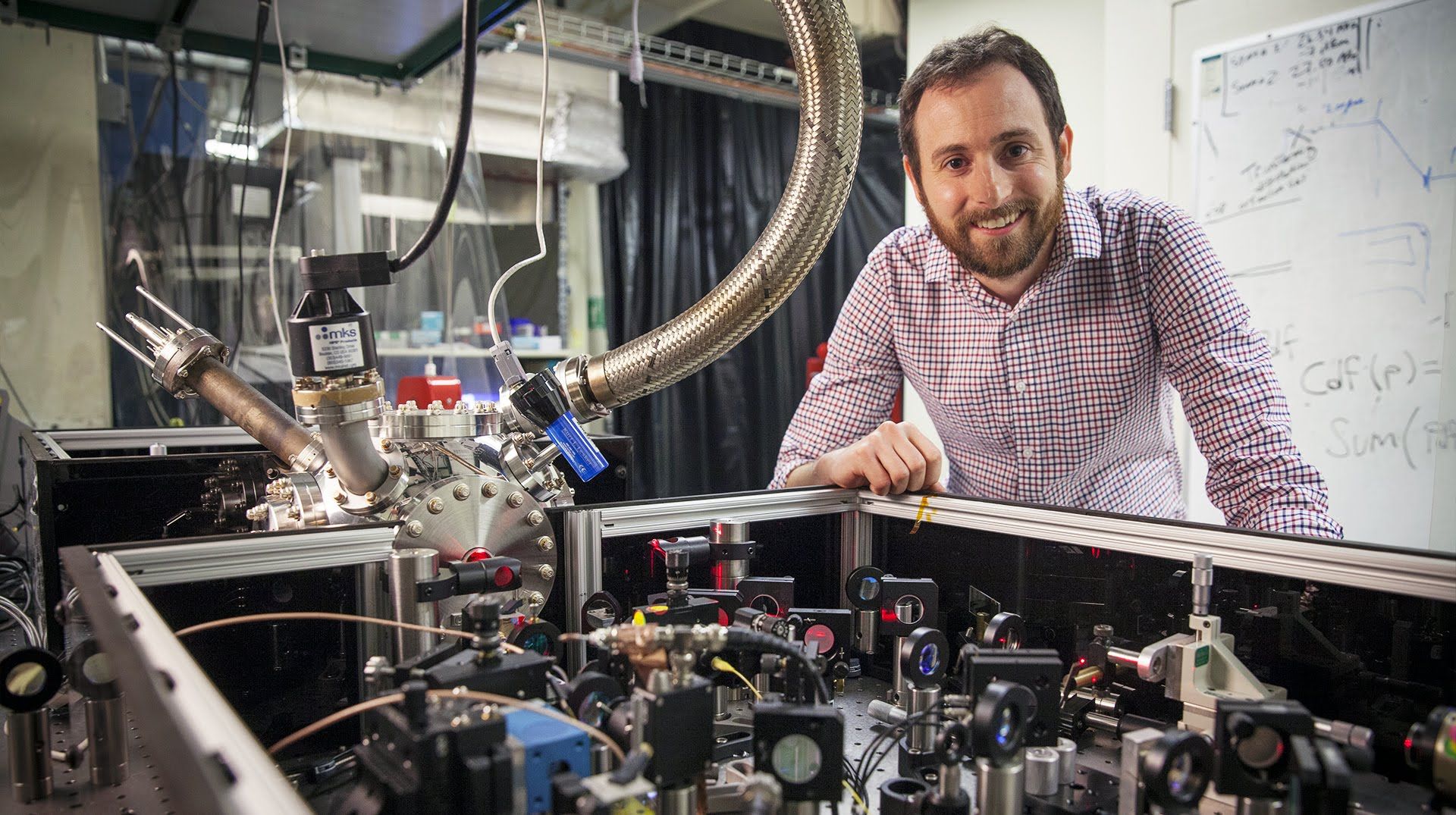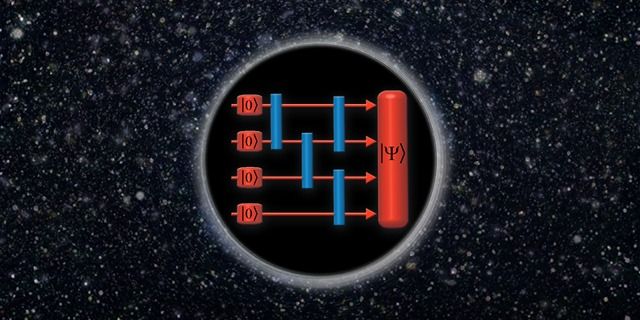
You will never have to carry physical documents of your passport into the airport ever again. De La Rue, a Britain-based commercial banknote printer and passport manufacturer, is working on a technology that can store “paperless passports” in smartphones.
This would act similar to mobile boarding cards, the Telegraph reported. “Paperless passports are one of many initiatives that we are currently looking at, but at the moment it is a concept that is at the very early stages of development,” a spokesman of the company was quoted as saying.
Read more
















